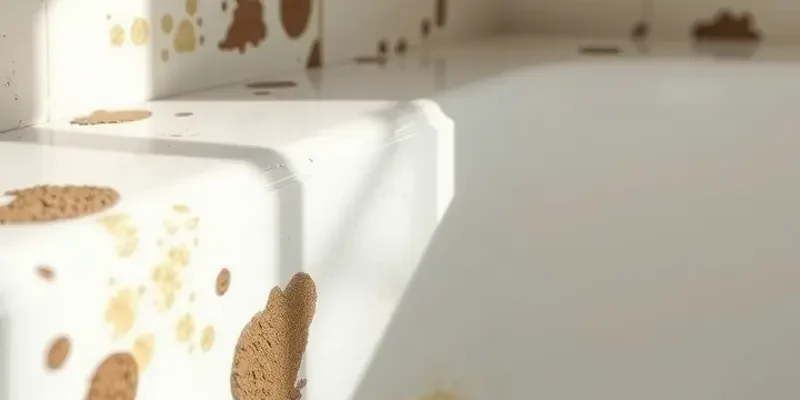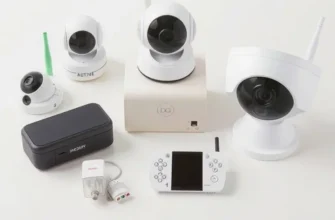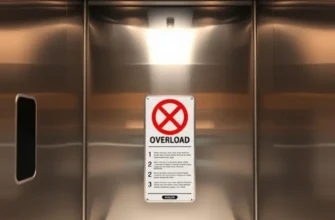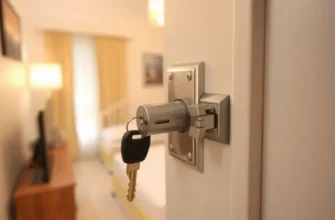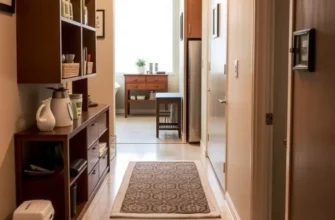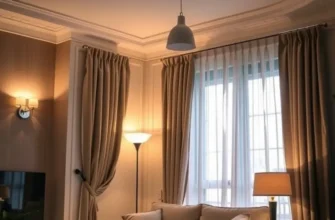Bathtubs can transform your bathroom into a personal sanctuary, but they can also be breeding grounds for unsightly and unhealthy mold. For renters across the U.S., the sight of mold lurking in the corners of a bathtub can be both concerning and frustrating. Not only is mold unsightly, but it can also pose health risks, especially for those with allergies or respiratory issues. Thankfully, preventing bathtub mold doesn’t have to be a daunting task. With a few simple steps and ongoing maintenance practices, you can keep your apartment’s bathtub mold-free, ensuring a safer and more pleasant bathing experience. Importantly, maintaining public health standards while renting should always be a priority, so understanding how to spot and prevent mold is crucial. This guide offers you effective strategies tailored specifically for those renting apartments, allowing you to live in comfort without the worry of mold issues.
Understanding the Mold Problem
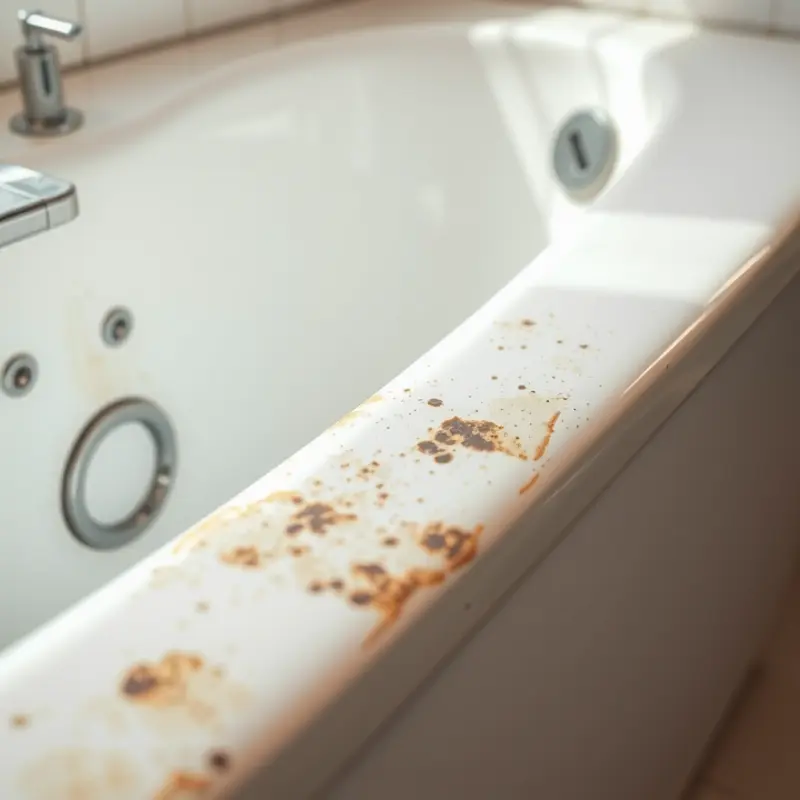
Bathtub mold is more than an unsightly nuisance; it’s a pervasive problem that can significantly impact health and wellness. Understanding the root causes of mold growth in bathtubs is the first step tenants can take toward effective prevention.
Mold thrives in environments that provide warmth, moisture, and organic material. Bathrooms, especially bathtubs, naturally offer these conditions. The combination of water from showers and baths, coupled with the room’s high humidity levels, creates the perfect breeding ground for mold. Soap scum, body oils, and shampoo residues serve as food sources, further accelerating mold proliferation.
The implications for health are substantial. Mold spores can trigger allergic reactions, manifesting as sneezing, coughing, skin rashes, and exacerbated asthma conditions. Long-term exposure may deepen respiratory issues, posing risks especially to children, the elderly, and those with compromised immune systems. It’s essential to tackle mold before it affects your health, and recognizing its causes is the best way forward.
Several factors contribute to the mold problem in rental units, many of which are often overlooked by tenants focused on surface cleanliness. Poor ventilation is a key culprit. Small bathrooms with no windows or inadequate exhaust fans trap moisture, which promotes mold growth. Without proper air circulation, humidity levels rise, creating a damp environment that mold loves.
Structural issues can also play a role. Leaky pipes or minor cracks between bathtub tiles allow water to seep in, giving mold a hidden area to develop. For tenants, recognizing these potential risks can guide preventative measures or prompt necessary discussions with landlords.
Mold growth also thrives in areas with infrequent cleaning. Overlooked nooks and crannies can accumulate moisture and soap residue, providing an ideal habitat for mold colonies. Establishing a regular cleaning routine that includes these often-missed spots can reduce the chances of mold settling in.
Understanding these mold growth dynamics empowers renters to implement targeted strategies. Enhancing bathroom ventilation, keeping the area dry, and maintaining a regular cleaning schedule are fundamental steps. For those seeking additional tips on home care and maintenance, exploring a guide to preventing clogs in sinks can offer complementary strategies for keeping the bathroom functional and mold-free.
As tenants become aware of how mold thrives, they can work toward mitigating these factors, securing a healthier, mold-free home environment. This awareness is crucial for long-term wellness and the enjoyment of one’s living space.
Proactive Prevention Techniques
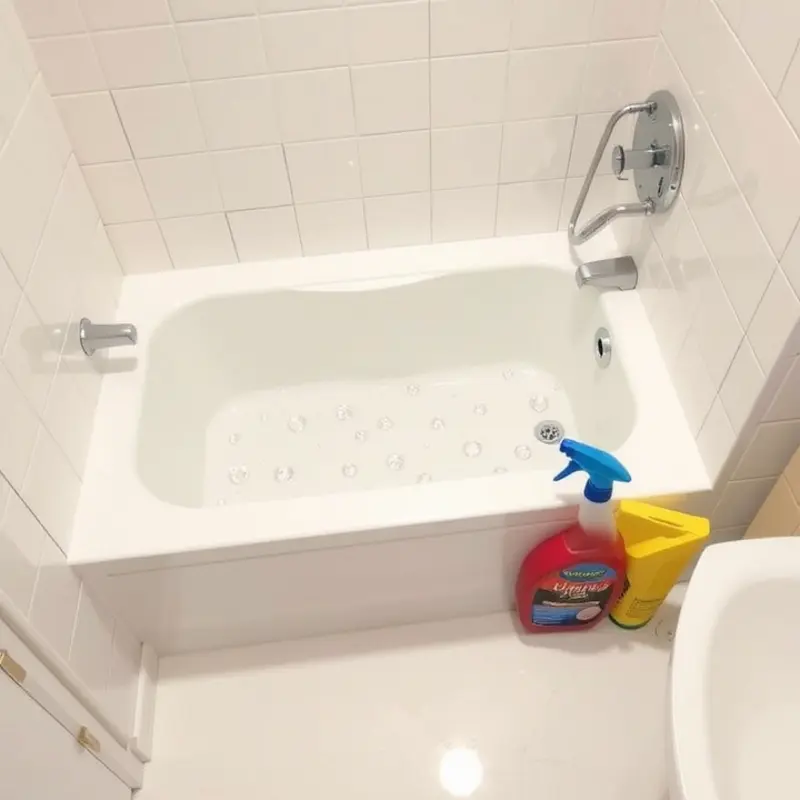
Keeping your rental bathtub mold-free revolves around two main approaches: effective cleaning routines and diligent moisture control. Mold thrives in damp, neglected spaces, making proactive prevention key.
Begin with a regular cleaning schedule to eliminate soap scum, body oils, and residues that mold feeds on. Aim to clean your bathtub once a week with a non-abrasive solution. A paste made of baking soda and water can effectively lift grime without scratching surfaces. For tougher stains, use a safe disinfectant meant to combat mold, ensuring you scrub all corners and crevices.
After cleaning, focus on moisture control. Mold spores in the air need a damp environment to grow, so keeping your bathroom dry is essential. Post-shower, use a squeegee to remove excess water from the tub and walls. This simple habit can significantly reduce moisture levels, making it less conducive for mold growth.
If your bathroom lacks proper ventilation, mold prevention becomes more challenging. Whenever possible, use an exhaust fan during and after showers to circulate air. If a bathroom fan isn’t an option, consider portable dehumidifiers specifically designed for small spaces. Regularly emptied, these units can drastically decrease humidity levels, diminishing mold’s habitat.
In addition to mechanical solutions, certain moisture-absorbing materials can help maintain a dry environment. Place desiccant packets or moisture-absorbing beads around your bathroom. These products efficiently reduce humidity, serving as silent guards against mold.
Consider using a shower curtain liner resistant to mold for further prevention. While plastic varieties are prevalent, fabric options with antimicrobial treatments are often more effective at resisting mold and mildew. Regularly launder or replace these liners to prevent mold accumulation.
A proactive approach also involves inspecting your bathtub for leaks or areas of water seepage. Even small drips can create persistent moisture, offering mold an ideal environment to grow. Promptly address any leaks, and consult your landlord for any necessary repairs, as lease agreements often cover such maintenance issues.
For an additional layer of protection, apply a mold-resistant sealant around bathtubs and sinks. These sealants can provide a barrier, further protecting areas prone to moisture accumulation. When applying, ensure surfaces are dry and clean to maximize effectiveness. Reapplication may be necessary as recommended by the product guidelines.
Engaging with your landlord regarding bathroom maintenance not only helps mold prevention but stands you in good stead for addressing sink clogs effectively in the future. By establishing clear communication, protect your home and investment against mold and other potential issues.
By incorporating these proactive prevention techniques, you can maintain a mold-free bathtub and contribute positively to your well-being and the overall ambiance of your apartment space.
Final words
Preventing mold from taking hold in your bathtub is well within your reach. By understanding how mold grows and employing simple preventative measures, you can maintain a clean and welcoming bathroom environment. Regular cleaning, proper ventilation, and a few mindful habits are the keys to achieving a mold-free space. Remember, as a renter, you deserve a safe, secure, and hassle-free living experience. With these strategies in hand, you can take control of your apartment’s hygiene and enjoy your bathing moments without worry.

